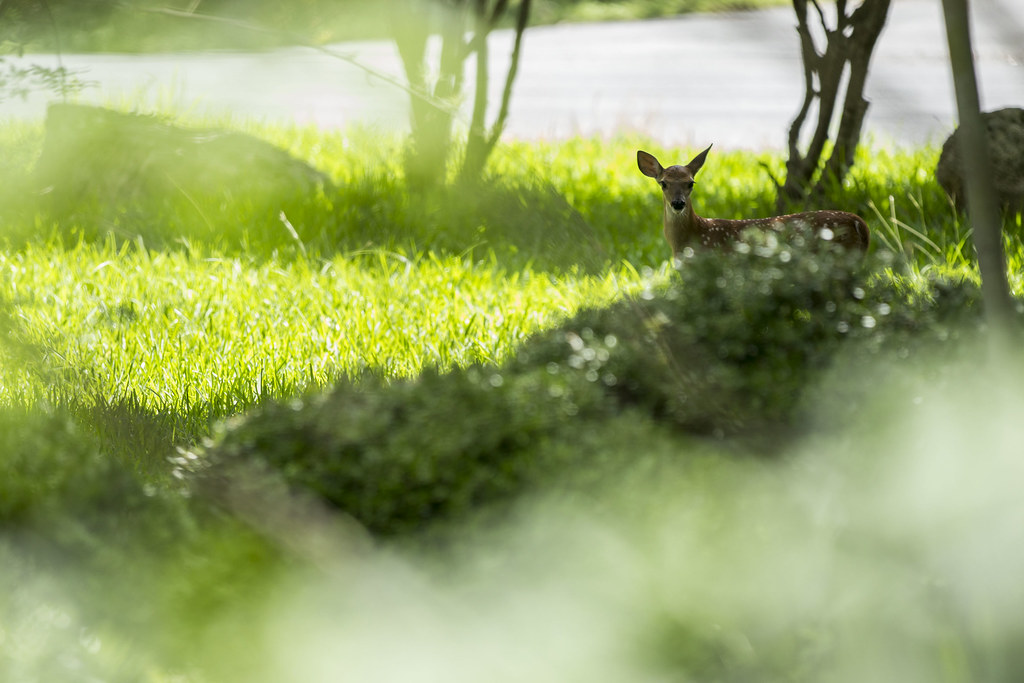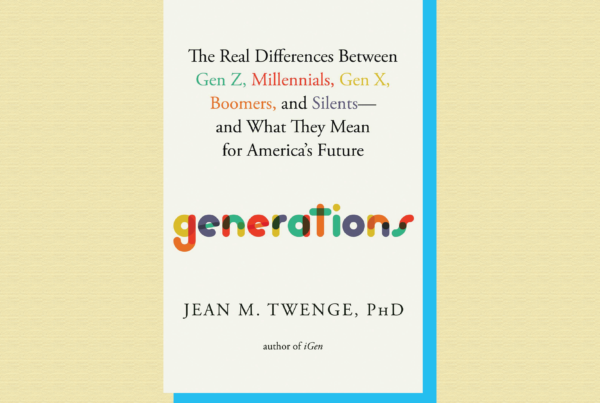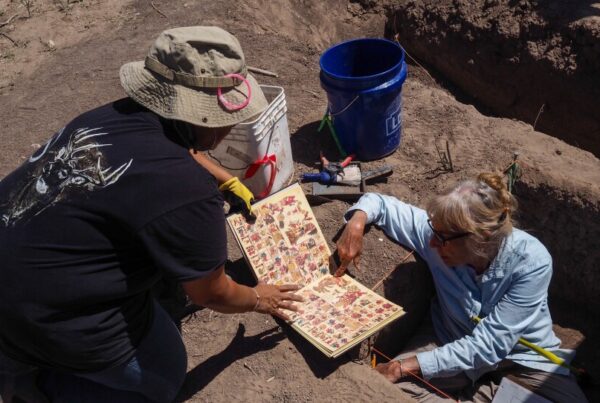A fatal neurological disease is continuing to spread through Texas’ deer population.
Chronic wasting disease, or CWD, is a highly contagious, incurable illness that’s decimated deer herds in states like Wyoming and Nebraska. The first case in Texas was discovered in 2012. This spring, the Texas Parks and Wildlife Department announced that CWD cases have been reported in five new counties, all at deer-breeding facilities.
Randy DeYoung, professor and researcher of rangeland and wildlife sciences at Texas A&M University-Kingsville, spoke to the Texas Standard about what the new cases mean for Texas’ deer herd.
This transcript has been edited lightly for clarity:
Texas Standard: These recent cases of chronic wasting disease in Texas were discovered in deer-breeding facilities. First, can you paint a picture of what such a place is like?
Randy DeYoung: Right. Well, Texas has probably one of the biggest industries of captive deer breeding and propagation. And so pretty much the focus is around producing large-antlered individuals for more breeding stock. And then in some cases, some of these are also released out onto hunting ranches in a captive facility, you know, essentially game fenced pens of various size from, you know, maybe up to several acres in size. But they may have, you know, up to several dozen deer. Relative to wild deer, it would be considered a pretty high concentration of animals.
Can you give us an idea of how wildlife experts and regulators are trying to contain the spread of this disease in Texas – or is it too late for that right now?
I don’t think it’s too late. I mean, probably one of the biggest, you know, threats moving the disease around is allowing kind of movements of deer that may be infected. And so since this disease is very difficult to detect until it’s gotten a foothold – and it can remain through environmental sources for up to many years – prevention is probably the best strategy.
What do you think when it comes to seeing additional regulation of deer-breeding facilities as a result of what officials are finding?
Yeah, there has been a lot of increased regulation. Most of it is revolving around testing of any mortalities that occur. The state’s willingness to allow live testing of animals is probably unique; at least, it was when they first allowed it a couple of years ago. And so these recent detections, a lot of them have been testing of live animals that were applied to be, you know, moved or released on another site. And so in some cases, you know, this surveillance strategy – it’s probably a sign that it that it’s working as intended.
Well, does this continued spread pose any threat to humans?
Thus far, there haven’t been any any cases or any traced back to any effect in humans. But I think the the epidemiologists at the CDC and elsewhere continue to have some concern because there may be a possibility. And so while there has been no science to date, there is a strong recommendation not to consume meat from animals that have tested positive.
If this continues, what are the practical implications of chronic wasting disease for Texas?
It’s kind of a really a long-term type of a consequence. It’s a lot more prevalent in older-age individuals, and the prevalence is a lot higher in males as well, probably because they have more contacts with other individuals. And so, you know, it’s probably going to be changing the demographics – in other words, the age and sex ratio of the populations.
Is the implication, though, primarily for the hunting sport and the businesses that revolve around that? Or does it have broader implications beyond that?
Probably, like you say, the hunting industry and associated things, but just kind of maintaining some viable populations as well as we get into a lot of the more arid and semi-arid parts of the state. You know, the only way you’re able to sustain populations is to have a lot of older individuals. And so if the the death rates in those older individuals are going up based on the exposure to the disease, then some of those populations could could be reduced.
And that has implications for the environment, or for the ecosystem more broadly, or what?
Probably ecosystem more broadly.














